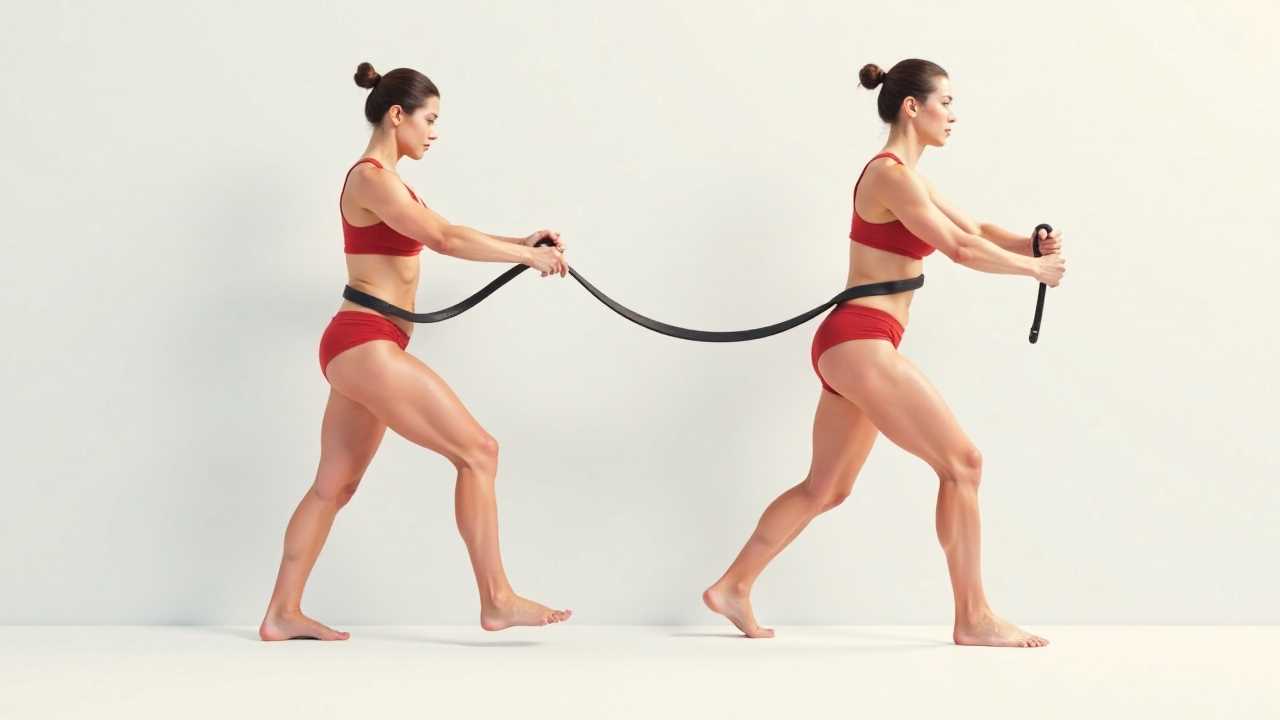
Understanding Mobility Exercises
Mobility exercises are fundamental for anyone seeking to improve their physical capabilities. These exercises focus on enhancing the range of motion in your joints and muscles, which is essential for overall mobility. By incorporating mobility exercises into your routine, you can achieve better flexibility, improved balance, and effective rehabilitation from injuries.
Mobility is not just about being able to move; it encompasses the ability to perform daily activities with ease and confidence. Whether you are an athlete looking to enhance performance or someone recovering from an injury, mobility exercises play a crucial role in your fitness journey.
The Importance of Flexibility in Mobility
Flexibility is a key component of mobility. It refers to the ability of your muscles and joints to stretch and move freely. When your body is flexible, you can perform movements more efficiently, reducing the risk of injury. Incorporating stretching routines into your mobility exercises can significantly enhance your flexibility.
Dynamic stretching, such as leg swings and arm circles, prepares your body for activity by increasing blood flow and warming up the muscles. Static stretching, on the other hand, is beneficial post-exercise to help restore muscle length and prevent stiffness. By focusing on flexibility, you can improve your overall mobility and performance in various physical activities.
Rehabilitation Through Mobility Exercises
Rehabilitation often requires a tailored approach to restore function and strength. Mobility exercises are integral to this process, as they help rebuild the range of motion and strength in affected areas. After an injury, it is vital to start with gentle mobility exercises that promote healing without causing further damage.
Incorporating movements such as ankle circles, shoulder rolls, and gentle hip openers can aid in recovery. These exercises not only improve mobility but also enhance blood circulation, which is essential for healing. As rehabilitation progresses, more challenging mobility exercises can be introduced to build strength and stability.
Stretching Techniques for Enhanced Mobility
Stretching is a critical aspect of mobility exercises. It helps elongate muscles, improve flexibility, and increase joint range of motion. There are several effective stretching techniques that can be integrated into your mobility routine:
1. Static Stretching: Holding a stretch for a period of time, usually 15-60 seconds. This is effective for improving flexibility and is best performed after workouts.
2. Dynamic Stretching: Involves moving parts of your body through a full range of motion. This type of stretching is ideal before workouts to prepare your muscles.
3. PNF Stretching: Proprioceptive Neuromuscular Facilitation involves a partner-assisted stretch that enhances flexibility through a combination of stretching and contracting the muscle group.
4. Foam Rolling: A form of self-myofascial release that helps relieve muscle tightness and improve blood flow. Incorporating foam rolling into your routine can enhance the effectiveness of your stretching.
By utilizing these stretching techniques, you can significantly improve your mobility and overall physical performance.
Achieving Balance Through Mobility Exercises
Balance is an often-overlooked aspect of mobility. Good balance is essential for preventing falls and injuries, especially as we age. Mobility exercises that focus on balance can enhance your stability and coordination.
Incorporating exercises such as single-leg stands, heel-to-toe walks, and balance board activities can greatly improve your balance. These exercises challenge your proprioception, which is your body’s ability to sense its position in space. By consistently practicing balance-focused mobility exercises, you can enhance your overall stability and reduce the risk of injury.
Restoration and Recovery with Mobility Exercises
Restoration is a vital part of any fitness regimen. Mobility exercises facilitate recovery by promoting blood flow, reducing muscle soreness, and enhancing flexibility. After intense workouts or physical activities, incorporating mobility exercises can aid in the recovery process.
Gentle movements such as yoga or tai chi can be particularly effective for restoration. These practices not only improve mobility but also promote relaxation and mental well-being. By prioritizing restoration through mobility exercises, you can ensure that your body is ready for the next challenge.
Creating a Mobility Exercise Routine
To effectively incorporate mobility exercises into your fitness routine, it is essential to create a structured plan. Here’s a simple guideline to help you get started:
1. Warm-Up: Begin with a 5-10 minute warm-up to increase blood flow. This can include light cardio or dynamic stretches.
2. Mobility Exercises: Choose a variety of mobility exercises that target different muscle groups. Aim for 15-30 minutes of focused mobility work.
3. Stretching: Follow your mobility exercises with static stretching to enhance flexibility. Hold each stretch for 15-60 seconds.
4. Balance Training: Include balance exercises at least 2-3 times a week to improve stability.
5. Cool Down: Finish with a cool-down period that includes deep breathing and relaxation techniques.
By following this routine, you can effectively improve your mobility, flexibility, and overall physical health.
Incorporating mobility exercises into your fitness regimen is essential for achieving optimal flexibility, balance, and effective rehabilitation. By focusing on stretching, balance training, and restoration, you can enhance your overall mobility and physical performance. Whether you are recovering from an injury or simply looking to improve your fitness, mobility exercises offer a comprehensive approach to achieving your goals. Start today and experience the benefits of improved mobility in your daily life.
 Mobility trainingHome Fitness RecoverySports Injury PreventionPersonal Physical TherapyOrthopedic SolutionsPrivacy PolicyTerms And Conditions
Mobility trainingHome Fitness RecoverySports Injury PreventionPersonal Physical TherapyOrthopedic SolutionsPrivacy PolicyTerms And Conditions
